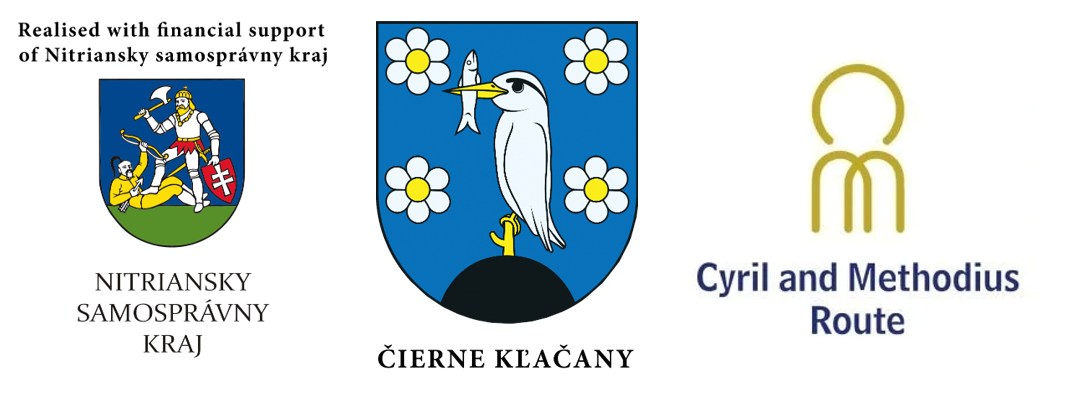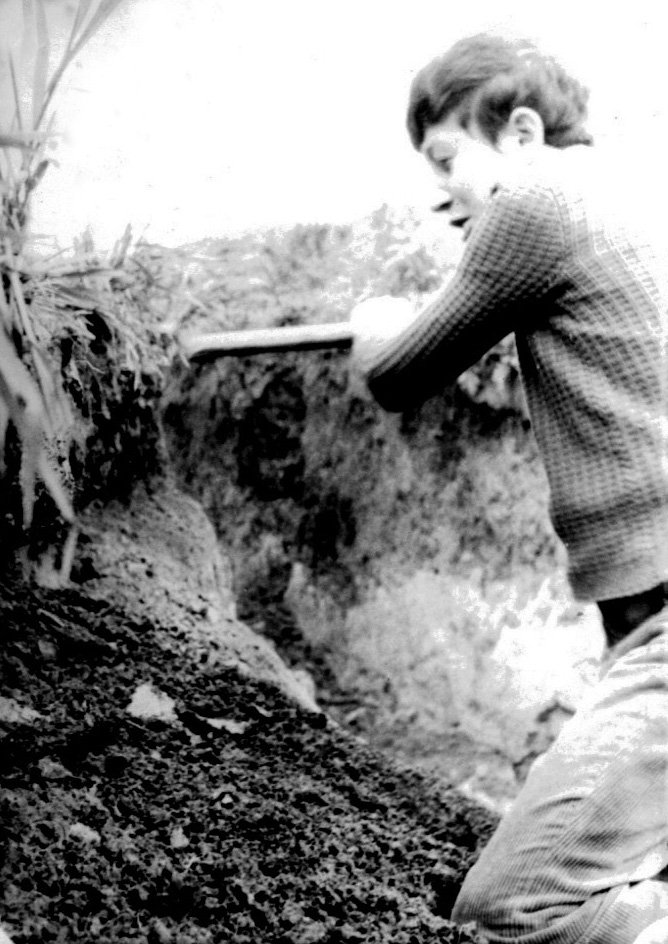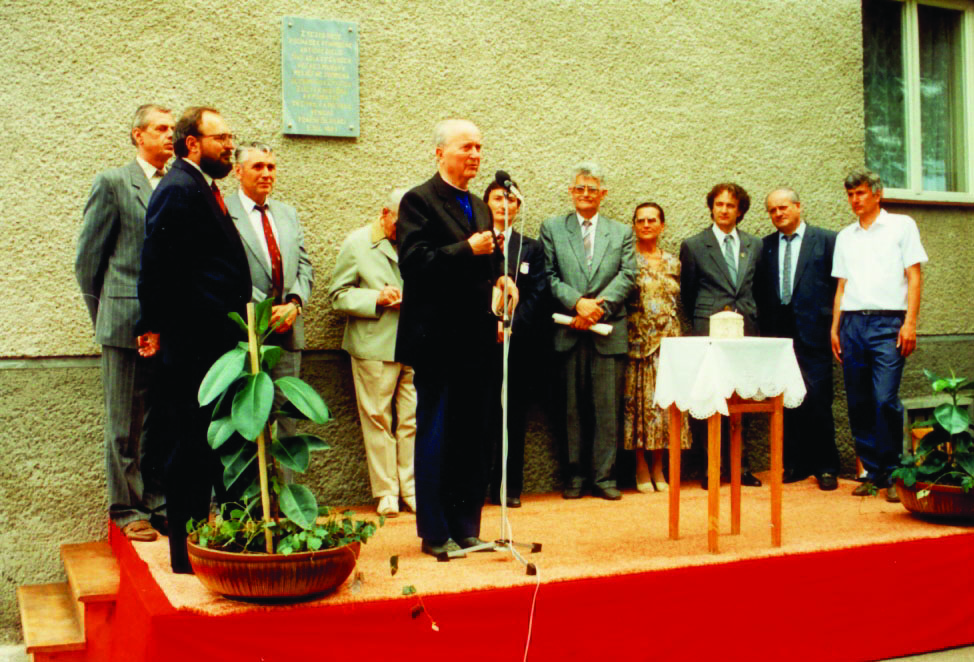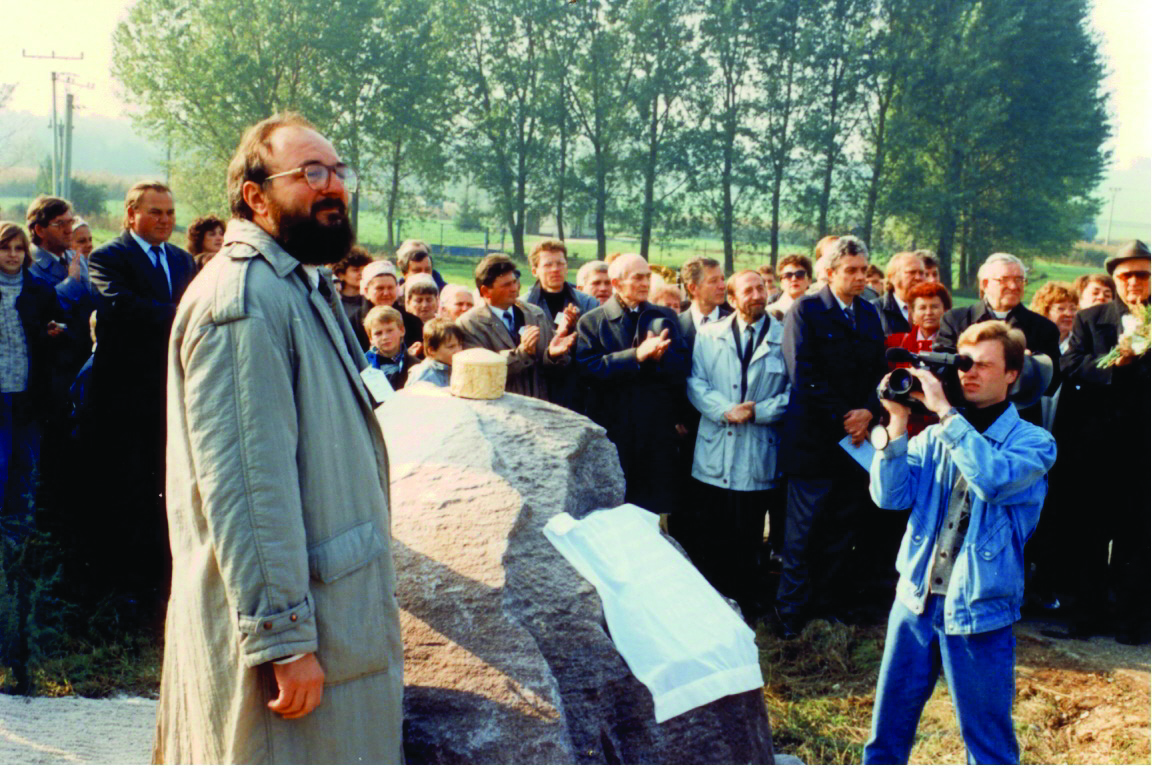THE ČIERNE KĽAČANY’S PYXIDA

Introduction
Čierne Kľačany’s Pyxida is a world-unique artifact that will forever represent Čierne Kľačany, Nitra, Slovakia. The discoverers and promoters of this distinctive archaeological find deserve our respect because they piece together a mosaic of uncovering history.
The Čierne Kľačany’s Pyxida
The Čierne Kľačany’s pyxida was discovered in 1974 in a site near the mill. During the construction of water pipes in the village, the digging mechanism carving a trench for the water supply disrupted archaeological objects with remnants of human bones, fragments of vessels, and animal bones. The most significant object was a disturbed skeletal grave in which fragments of an ivory pyx were found.
Discovery and Preservation
The pyxida was saved by the youth. Then students of elementary school – Milan Švec, Stanislav Lukáč, Milan Tonka, Dušan Filipčík found fragments, and students of Janko Kráľ Gymnasium – Július Horný jr. and Ivan Lukáč subsequently sought connections between the fragments. Reporting the find of the pyxida and the prompting was submitted by Július Horný sr. to the Archaeological Institute in Nitra. Thanks to all, the pyxida belongs among the rarities and novelties of the village, Slovakia and Europe. During the survey of the site, the collection of finds from various prehistoric and early historic periods was saved, among which fragments of the ivory pyx drew particular attention.
Location of the Find
The discovery site is located about 500 meters south of the village near the mill on the top of a hill and the southern slope of a gentle elevation. From the south and west, streams Širočina and Bočovka flow nearby. The water pipe trench, dug from the waterworks to the edge of the village on the left side of the road, disturbed several predominantly residential objects. Their remnants clearly extended over a length of about 200 meters. Undoubtedly the most significant object was the disturbed skeletal grave in which fragments of the ivory pyxida were found.
Motifs of the Pyxida
The pyxida was assembled into the shape of a cylindrical cloak. Its decoration, realized in low relief, depicts a ploughman with a draught team and a walking woman with a basket of grain. In the bucolic scene, among a resting flock of sheep and goats, the figures of a seated young shepherd and an approaching old shepherd predominate.
From History
The maximum flowering of ivory carving begins in the mid-4th century. Ivory was used to make various objects, but also chests. The decoration, of course, reflected its use or ownership. An important place among ivory works is held by pyxes – small vessels with circular or oval shape, with a base and a lid. The church contributed significantly to the development of pyxida production. Christian liturgy adopted the use of pyxidas not only as reliquary chests for incense but primarily for storing relics and hosts or the Eucharist. This was determined by the Council of Narbonne in 589. In the 9th century, pyxidas were placed above the altar and served as reliquaries. Thanks to this, remarkable specimens have survived in important Christian churches of Western Europe.
A Commemorative Plaque
In 1991, a commemorative plaque was unveiled on the cultural house with the text: “From this village comes an extraordinary ancient work, vibrant even in the times of Great Moravia, a ivory pyxida decorated with relief. In honor of history and in memory of St. Cyril and Methodius, grateful Slovaks dedicate this.” The plaque was unveiled by Prof. ThDr. Alojz Martinec, village mayor Peter Horný and the first vice-president of the Slovak Matica PhDr. Stanislav Bajaník – our fellow townsman and honorary citizen, with a large attendance of notable guests.
Unveiling of the Monument
In 1993, on the occasion of a nationwide meeting of Kľačanys in Slovakia, at the mill, the site of the Čierne Kľačany’s pyxida was unveiled with a bronze plaque in the presence of prominent locals, guests from Matica Slovenská, nearby villages and towns. The stone was donated by the village, the bronze plaque by Matica Slovenská.
Unveiling and Consecration of the Cyril and Methodius Sculpture
In 1997, the village saw the unveiling and consecration of the statue of St. Cyril and Methodius as the first Cyril and Methodius sculpture in Slovakia in the post-communist era. Authors: Acad. sculptor Ľudmila Cvengrošová, Ing. architect Viola Bajaníková – as a voluntary gift to the village. Implementation by Koňuš – Gubáň, Kremnica. The sculpture, together with the Čierne Kľačany’s pyxida, is also located in Nitra, in Devín, Zalavár (Blatno Castle) – Hungary. The initiators and patrons of the project were the first vice-president of Matica Slovenská PhDr. Stanislav Bajaník, the village mayor Peter Horný, the chairman of the MS Local Organization Ing. Jozef Švec and members of the village council. It was consecrated by our fellow citizen Mons. Vincent Malý, Dr.h.c.
Gift to Pope John Paul II
In 2003, a copy of the Čierne Kľačany’s pyxida was presented to the papal nuncio in Bratislava as a gift to Pope John Paul II and to the Vatican on his last visit to Slovakia. The nuncio and the Holy See sent a formal written thank-you note. The presentation was carried out by: Imrich Dočolomanský, local Roman Catholic parish priest, Valéria Kršáková, deputy mayor of the village, Ing. Jozef Švec, chairman of the MS local branch, PhDr. Stanislav Bajaník for Matica Slovenská.

Pyxida Relief

Stanislav Lukáč, in the course of the water pipe excavation, 1974

Disassembled reconstruction of the pyxida motifs

Unveiling of the commemorative plaque on the building of the cultural house, 1991

Location of the find – the Pyxida monument Prof. ThDr. Alojz Martinec and Mons. Vincent Malý, Dr.h.c.

Location of the find – the Pyxida monument PhDr. Stanislav Bajaník

For many activities organized in connection with the Pyxida, there was a unique exhibition at the Vatican from 12 November 2013 to 26 January 2014, “The oldest documents of the beginnings of Christianity in Slovakia – St. Cyril and Methodius, Patrons of Europe,” where the Pyxida held the first place. The event was organized by the Slovak National Museum, the Archaeological Institute of the Slovak Academy of Sciences, and the Slovak Embassy to the Holy See, with the government’s backing by Prime Minister Robert Fico and the Bishop of Nitra, Mons. prof. Viliam Judák. Photo: archive of PhDr. Peter Bednár, CSc.